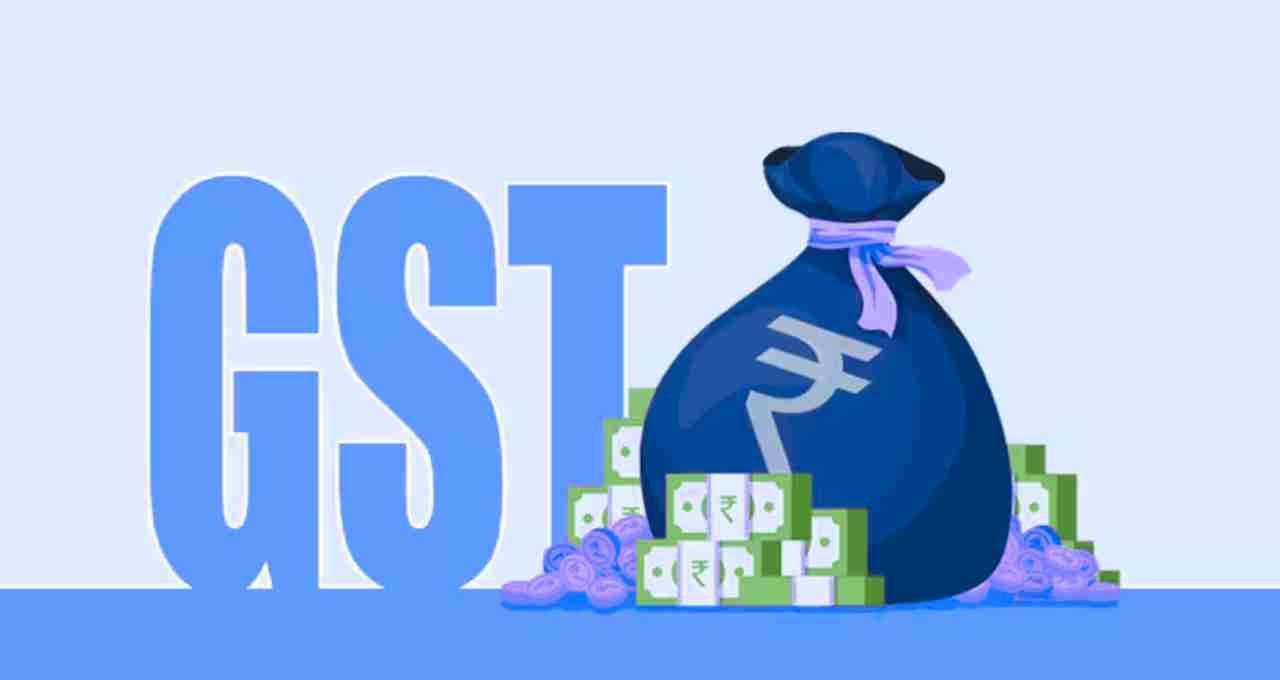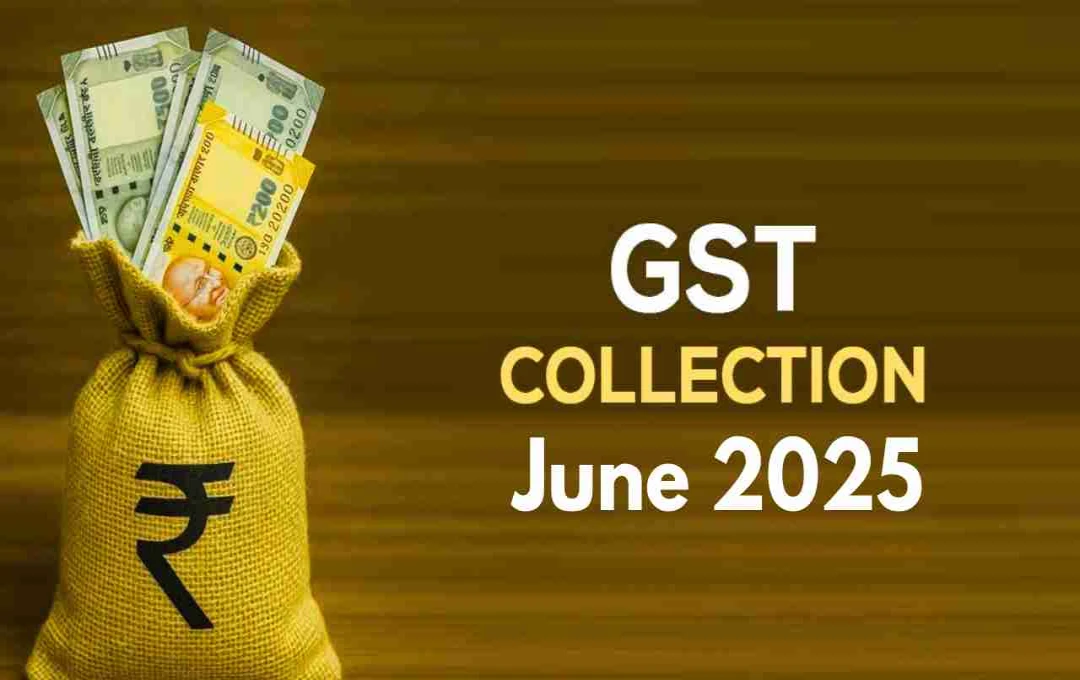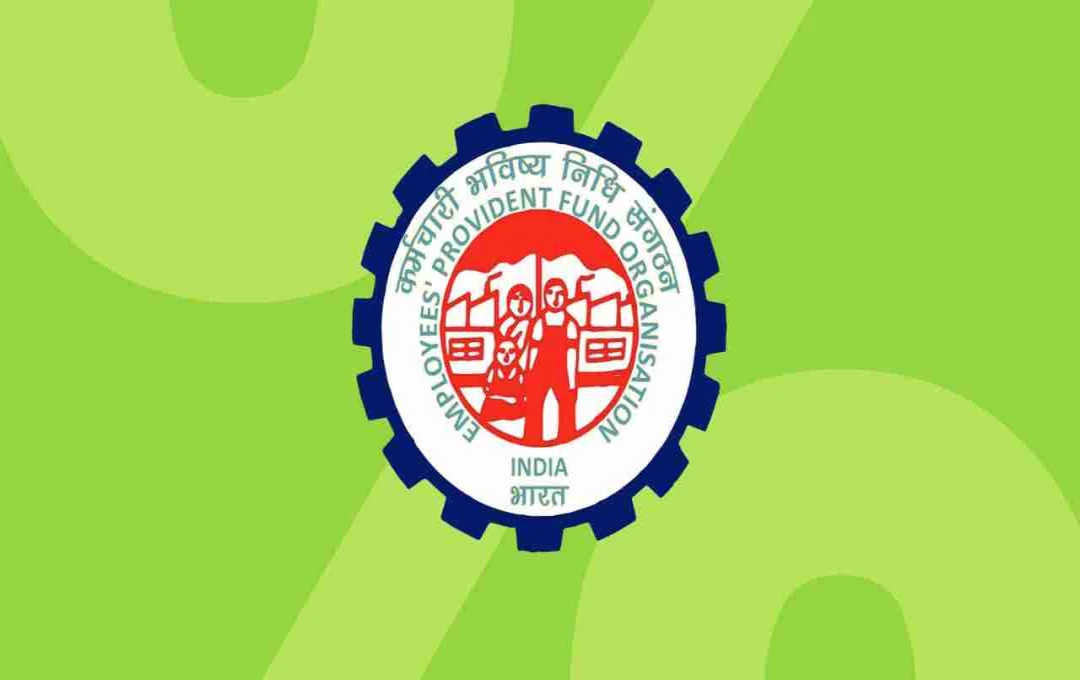Monthly GST collection reached a record ₹2.37 lakh crore in April 2025, followed by ₹2.01 lakh crore in May. June's figures will be released on Tuesday.
Eight years have passed since the implementation of Goods and Services Tax (GST) in India, and the revenue generated through it has been continuously increasing. In the financial year 2024-25, GST collection reached a record high of ₹22.08 lakh crore. This figure is double compared to the financial year 2020-21, when it was only ₹11.37 lakh crore.
Highest Collection in April, Momentum Maintained in May
According to government data, the GST collection in April 2025 reached a monthly record of ₹2.37 lakh crore. This momentum continued in May with a collection of ₹2.01 lakh crore. June 2025 figures are yet to be released, but initial estimates suggest they could also be around ₹2 lakh crore.
Significant Increase in the Number of Registered Taxpayers

A tremendous surge has also been observed in the number of taxpayers under GST. In 2017, when GST was implemented, only 65 lakh taxpayers were registered. This number has now crossed 1.51 crore. This represents an increase of approximately two and a half times in eight years.
Average Monthly Collection Also Increased
The average monthly income through GST has also seen a significant increase year-on-year. In the financial year 2022, it was ₹1.51 lakh crore, which increased to ₹1.68 lakh crore in 2024, and now in 2025, this average has reached ₹1.84 lakh crore.
Tax Structure Became Transparent
Before the introduction of GST, different tax systems were in place in different states of India. However, with the implementation of GST on July 1, 2017, a uniform tax system was created by merging approximately 17 taxes and 13 cesses. This made the process of paying taxes easier and more transparent for traders and companies.
Relief to the Government Treasury
According to the government, India's fiscal position has improved due to GST. Now, the tax system has not only become technically ber but has also been successful in preventing tax evasion to a great extent. E-invoices, e-way bills, and other technical measures have led to an increase in tax compliance.
Strong Revenue Base for the Center and States

GST is a shared tax between the central and state governments, providing revenue to both. The share received by the central government is called CGST (Central GST), and the states' share is called SGST (State GST). In addition, some taxes are also levied under IGST (Integrated GST), which applies to inter-state transactions.
GST Council Decides Rates
In India, the GST Council is responsible for determining the GST rates. It comprises the Union Finance Minister and the finance ministers of all the states. This council makes changes to the tax slabs and rules from time to time. Currently, there are four main GST rates: 5 percent, 12 percent, 18 percent, and 28 percent. In addition, special cesses are also levied on some goods and services.
Year-wise Collection Figures
Looking at the figures from the past few years, there has been a continuous increase in GST collection:
- 2020-21: ₹11.37 lakh crore
- 2021-22: ₹14.83 lakh crore
- 2022-23: ₹18.08 lakh crore
- 2023-24: ₹20.18 lakh crore
- 2024-25: ₹22.08 lakh crore
This clearly shows that GST collection has almost doubled in the last five years.
From Retail Traders to Large Businesses, Everyone is Included
The biggest feature of GST has been that it has brought everyone, from small traders to large enterprises, under a single tax system. This has not only made tax payment easier but has also brought transparency to the business environment.















